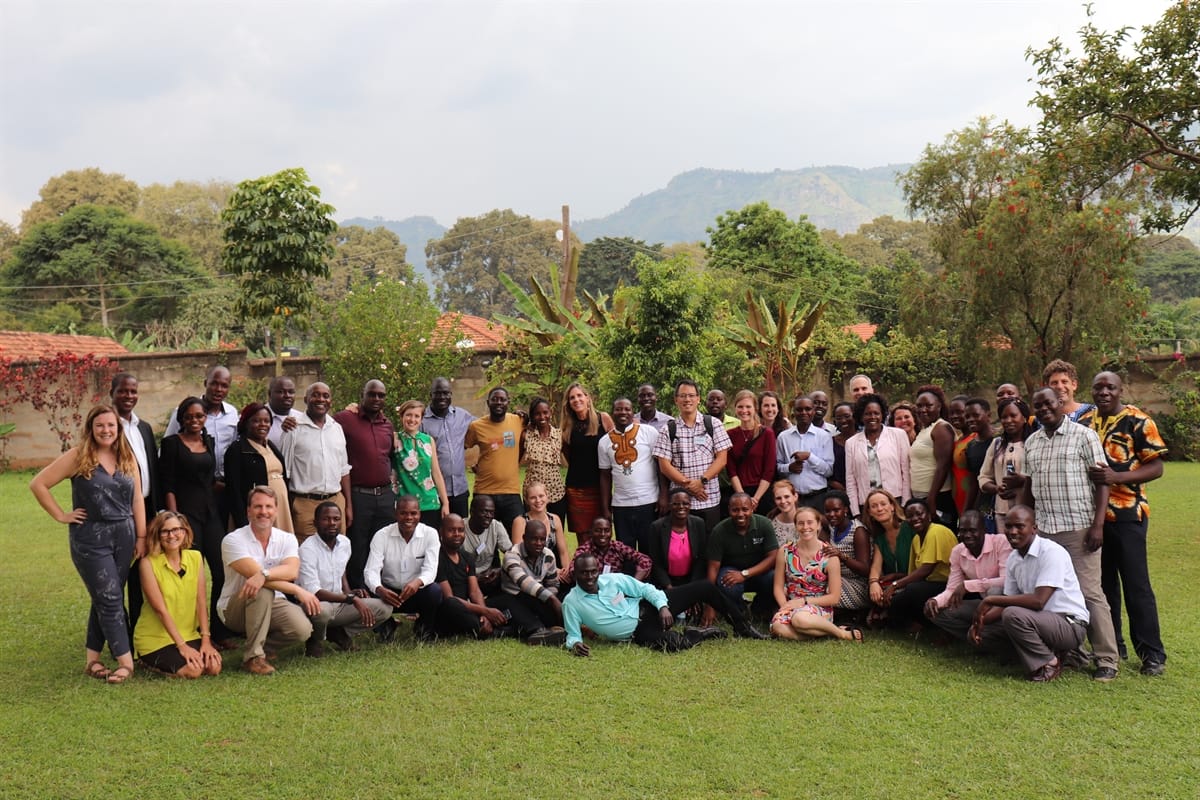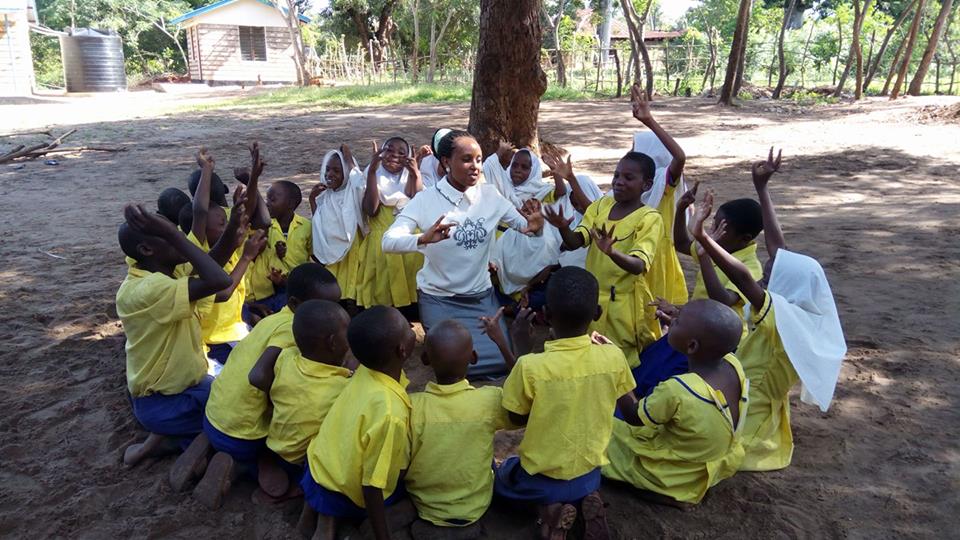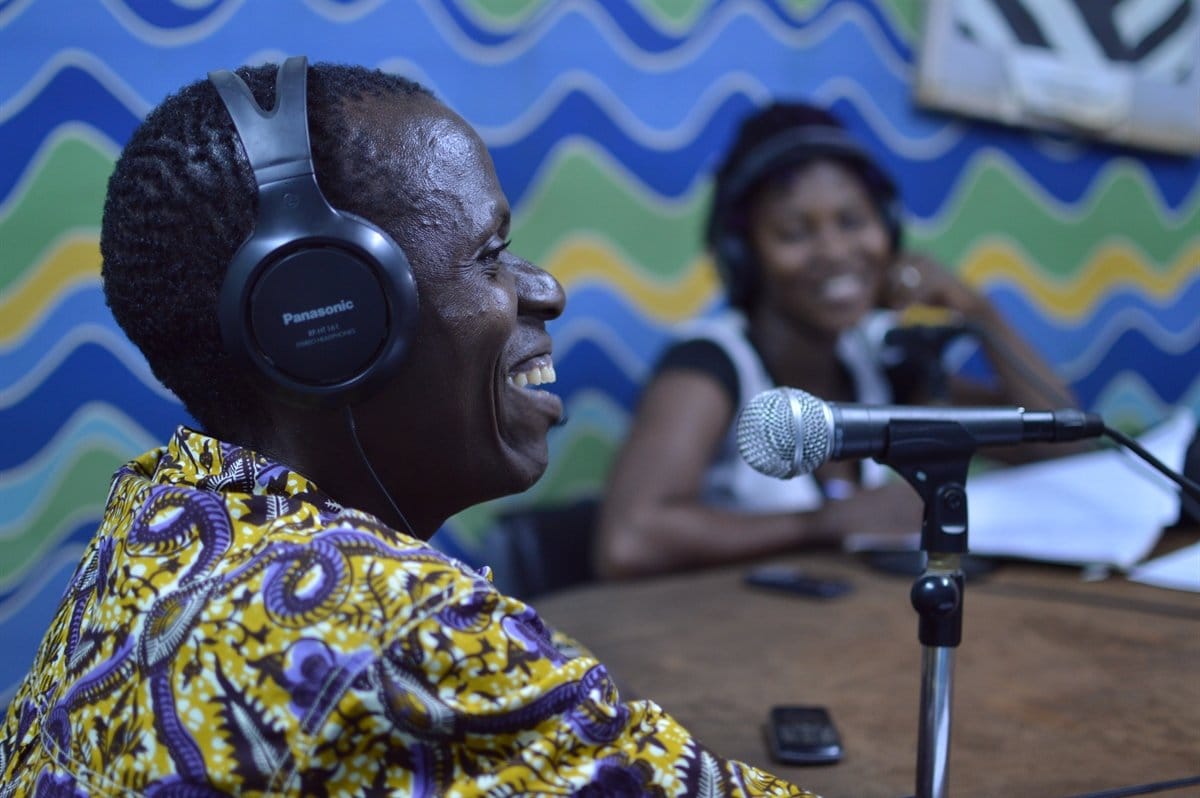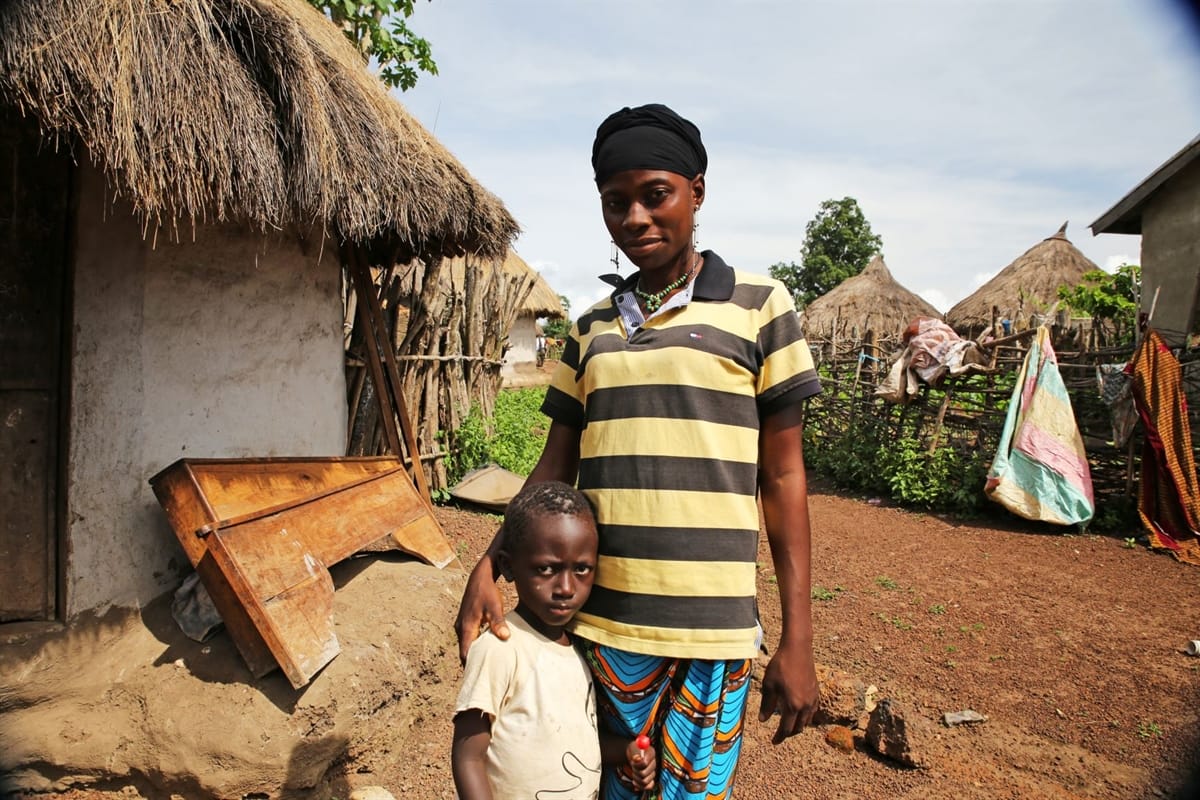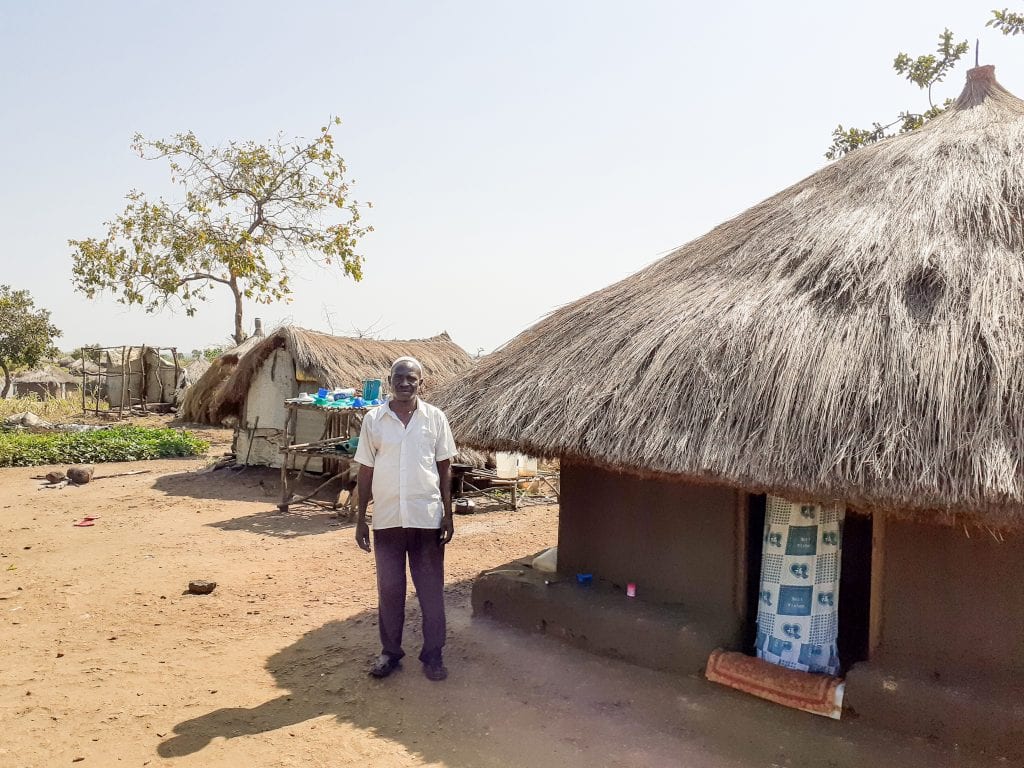By Hannah McCandless, Village Enterprise Program Manager
We’re obsessed with innovation. We love new stuff, fresh approaches, ground breaking solutions. When we think “innovation”, we tend to think of finished products. The iPhone. The lightbulb.

But all new products started with an idea. Steve Jobs’s idea? To build a phone that people would fall in love with. What Steve Jobs knew, is that innovation isn’t just about great ideas, it’s about great processes. Process is what allows for innovation. Without process, ideas just stay ideas. Without great process, ideas can’t become great innovations.
Village Enterprise faces a number of complex problems. Problems that I would argue are as, if not more, complex than developing a computer that fits in your pocket. (Let’s be honest, if ending extreme poverty were an engineering problem, we probably would have cracked it by now). We struggle to develop tools that help our business owners to access financial services. We are committed to exploring how to best leverage technology to serve our mission. We need to investigate the best ways to link our entrepreneurs to value chains.
We have some great ideas; but realized we needed a single process to turn those ideas into innovations.
Last year, a few members of our team signed up for an online course through Acumen.org: Introduction to Human Centered Design. Human Centered Design is an approach to designing solutions to problems faced by people, by keeping the end user at the center of the process. IDEO, a global design company, developed the Human Centered Design (HCD) approach and has HCD to design products for companies like Apple and GRID Systems. In the past decade, IDEO has invested in using HCD to address social problems in addition to their core work of developing consumer products. For example, IDEO has worked with Planned  Parenthood to design a better patient experience and with the government of the city of San Francisco to design a city-wide emergency response plan. The course we took was developed by IDEO.org, in partnership with Acumen to provide organizations like us with the tools to apply Human Centered Design to develop solutions to our complex challenges.
Parenthood to design a better patient experience and with the government of the city of San Francisco to design a city-wide emergency response plan. The course we took was developed by IDEO.org, in partnership with Acumen to provide organizations like us with the tools to apply Human Centered Design to develop solutions to our complex challenges.
We found our process. Human Centered Design offers the perfect avenue for us to combine our values of innovation and openness with our dedication to rigor and evidence based programming.
Over the course of the past year, we’ve worked to adopt Human Centered Design as our organizational approach to innovations in several specific areas, including adapting our program for refugees. However, we quickly realized that systematic problems require systematic solutions, and, in order for HCD to work for Village Enterprise as a whole, we needed to get each and every team member—from field staff to finance officers— on board. We decided to use the one week of the year that our team spends together at our annual Innovations Summit to instill a culture and learn the practical tools of Human Centered Design.
We selected two topics that we felt were the most pressing: leveraging the power of technology and strengthening market linkage opportunities for our entrepreneurs. Then, we divided the 60 people who would be attending the summit into two corresponding teams and assigned each person researching into one of these topics using the first phase of human centered design: inspiration.
Inspiration
Inspiration is built on developing an empathetic understanding of your problem and the experiences of your end user. Each team split up into four groups to tackle their inspiration. One group was tasked with learning from the end user. They conducted interviews with our entrepreneurs in their homes and fields and just listened. Group two was asked to immerse themselves in context; they observed urban traders buying maize for a day and walked a day in the shoes of a human resources officer to observe how they engaged with technology on an average day. Group three worked on learning from experts. They set up calls and met for coffee with the leading experts on our two topics. Finally, the fourth group was tasked with learning from analogous inspiration (situations that are similar in concept to the problem at hand, but not exactly the same). For example, one team member interviewed matatu drivers about how they coped with price fluctuation seeking inspiration for how to support our farmers through fluctuating prices. Another team member interviewed representatives from the Uganda Board of Elections to learn about their adoption of biometric data collection. The analogous inspiration team also interviewed our friends at Living Goods for inspiration on using entrepreneurship to reach the ‘last mile.’
Ideation
Teams came to the summit ready to present their learnings and the insights they gained during the inspiration phase. Together, we dove into ideation. Working in small groups comprised of individuals from different functional teams and offices, we synthesized the information we’d learned from the inspiration presentations and categorized it, creating a road map for generating solutions.
Then, each individual brainstormed as many ideas as we could. Our small groups then shared ideas, grouping similar ideas together and identifying ideas that could complement or build off one another. Finally, each group presented their big idea to the whole team. Our ideas ranged from one-stop technology portals with training materials, data collection tools, and project management software to having our business savings groups elect market linkage officers to link their groups to new market opportunities. No idea was deemed too big or too small. Over the coming months, our innovations team is sorting through the gold mine of ideas that came out of the summit to identify those that can be fleshed into pilots to prototype. (Stay tuned for updates!)
What’s next?
Now that the summit is behind us, it feels like our real work is just getting started. We generated new ideas as well as novel ways of looking at familiar ones, but now it’s time to turn those ideas into prototypes, pilots, and iterations. After our HCD deep dive, we now have a process, a roadmap, for how to develop our ideas, test their effectiveness, and roll out our best prototypes at scale. More importantly though, we have a team that has fully embraced Human Centered Design.
Since leaving the summit, there is a buzz at Village Enterprise around HCD. Our country directors are embracing it to tackle operational challenges like grant disbursements and managing remote locations. Our monitoring and evaluation team collaborating with our innovations team to design how we test and measure our prototypes.
The innovations that we develop over the coming years using Human Centered Design might not send shock waves throughout the world like the iPhone. However, we feel confident that by embracing and applying this process, our innovations will help us end poverty for those we serve–better, faster, and more cost-effectively.
